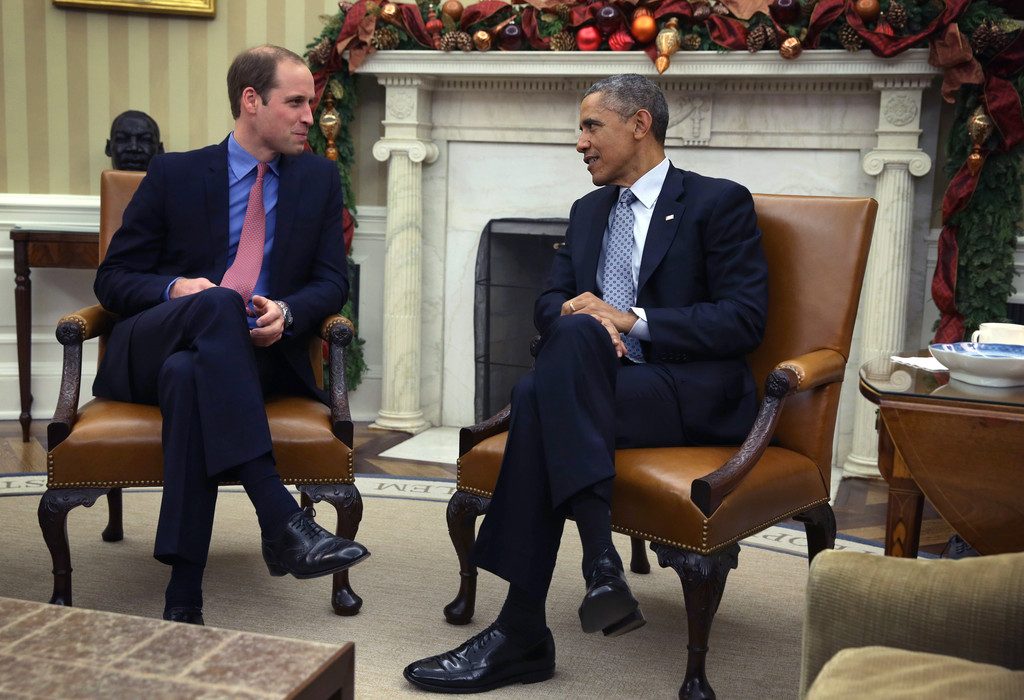Mirroring
Mirroring is a method applied in sales and any other business negotiations. This method can work well in any business environment as well as in most personal social interactions.
When mirroring, one person scans and subtly replicates the physical and verbal behaviors of another in order to establish rapport and empathy during a conversation (e.g., in the process of promoting an offer).
This may sound like an easily detectable method, however, when done accurately, it’s almost impossible to notice, and numerous studies support its efficiency. On top of that, mirroring helps bring both sides to a common understanding of key points and enables them to draw identical conclusions.
Origins of mirroring
Mirroring tends to take place automatically between the individuals who know one another very well. Real friends will frequently choose the same expressions and use the same body gestures, especially when they spend time together. Spouses do it, too – this sort of involuntary mirroring commonly occurs in families, and anyone who has a kid knows that babies are very good at mirroring the behaviors of adults around them.
Using mirroring in sales
Mirroring is a strong sales technique as it can give your prospect a subconscious feeling that you’re just like them (whether because you’re their soulmate, companion, or someone who can become a very good friend because you’re so similar to them). Sales representatives can practice mirroring to establish instant rapport, understanding, and empathy with their leads, making sales easier.
When selecting clues to your prospect, it’s important to you prepare beforehand. Search for information about your prospect before actually meeting them in person. For example, if you see an eco-movement sticker on their Tesla car in the parking area, you might promptly change your screensaver to an eco-movement wallpaper placing your phone at a subtle angle that would make it possible for your prospect to notice it (but not showcasing it). Again, subtlety is key.
Aspects of mirroring
There are many sides to mirroring. They can be used together or separately.
Body language
For example, if the client is sitting in a chair, crossing their legs, try to copy them and do the same. This will carry a positive (and most importantly, a subliminal) message that you are attentive to all of the aspects of your communication (physical in this case), making them feel important, and indicating that you are on their side.

Make sure your body is turned straight to the interlocutor, gaining just enough eye contact and providing them all of your attention. Furthermore, studies show that when you nod your head three times consecutively while listening, prospects feel more significant and will talk three to four times longer.
Voice
One of the simplest mirroring methods suggests imitating the volume and speed of the client’s speech. If your customer talks at high volumes and fast, you should do the same. Be careful – you should be absolutely aware that you are not unintentionally mimicking their accent. The mirroring should be subtle.
Communication/processing style
People transmit and process messages in many ways.
Some people are results-driven and action-oriented. This type of client wants to get straight to the point. Meanwhile, other customers may have an emotional approach to processing information and communication, so a huge amount of time for affinity building will be spent on small talk before getting to the main point. Some prospects are rational and concentrated on figures and data – these clients demand facts and don’t appreciate long speeches and small talk about the weather. Identifying your client’s communication style and adapting yourself to it is crucial for building rapport.
It is essential to once again remark that mirroring methods work on a subliminal level. Of course, a client will not make a deal with you just because you are mirroring their speech and body language throughout the meeting; however, this can make them more mentally relaxed with you and, as a result, more open to receiving information and accepting offers from you.
Mistakes to avoid when mirroring
Mirroring can be challenging, especially if you want to do it well. The biggest mirroring mistake is mirroring people’s unique traits, mistakes, or imperfections. Never mirror a person’s dialect, specific speech impediments, or any unique expressions. Besides, avoid mirroring body language with negative implications, such as turning away, crossed arms, or averting your eyes.

It’s especially important to be shrewd and subtle, as mirroring only has an effect if the lead doesn’t understand you are copying them and doing it intentionally. If a lead notices your behavior, they are likely to believe you are mocking them.
This is especially likely if you mirror something very personal and unique to them, such as the aforementioned speech impediments or mispronunciation of certain words. Open mirroring can feel disrespectful to the prospect, and you risk becoming a parody of them, which is sure to provoke anger.
Mirroring tip
Mirroring commonly works best during personal, two-way discussions rather than in group meetings or marketing presentations that may include only one-way discourse in a group with other people.
However, in these circumstances, you don’t have to abandon mirroring completely. If you see a person using a particular word or expression during the meeting, you might want to add it to your performance for soft assistance later.















